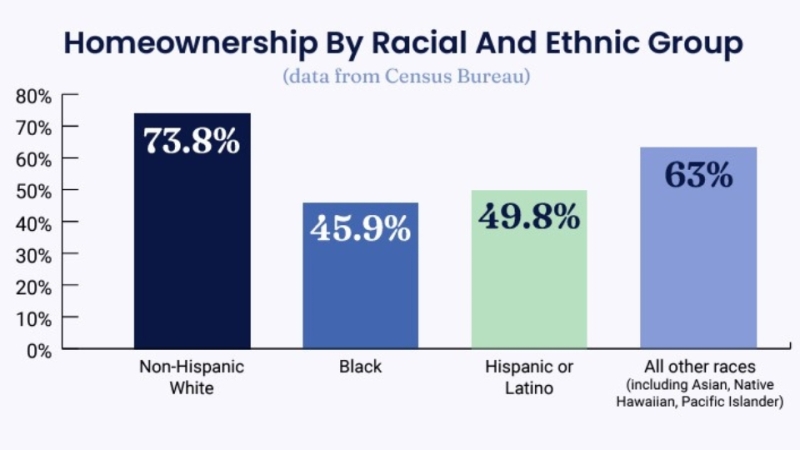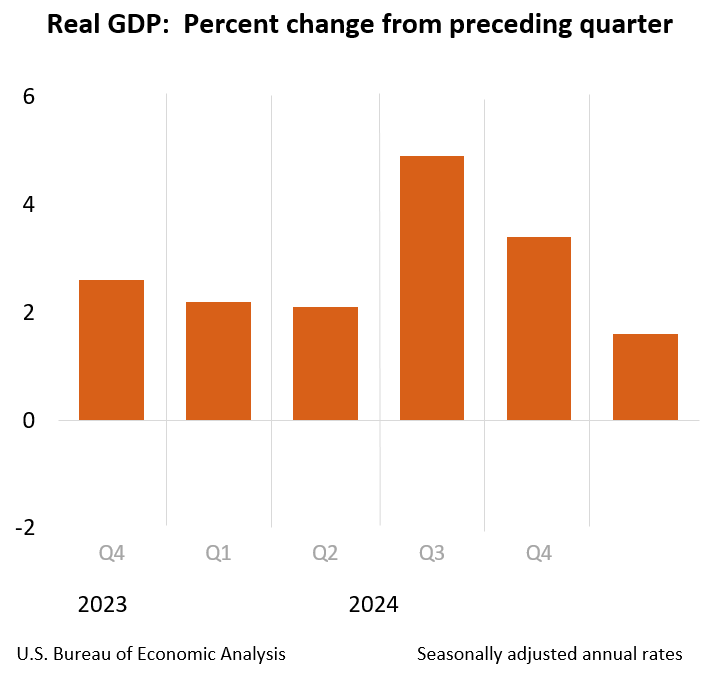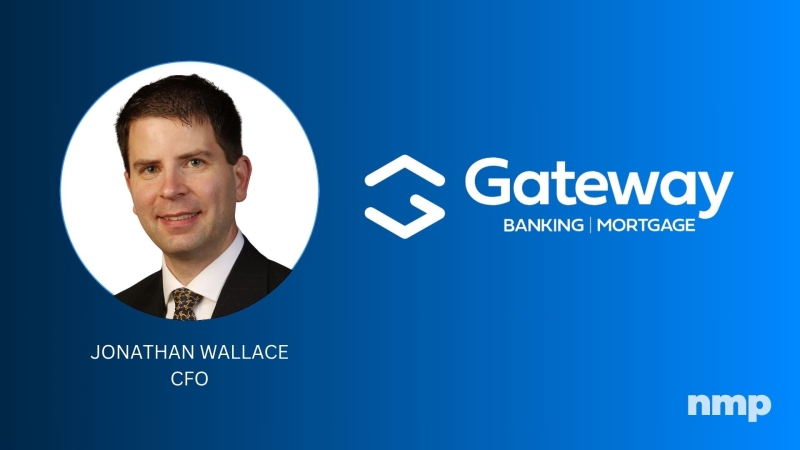Advertisement
The appraiser's perspective: After the sub-prime meltdown
Embracing change can bring success: New tools for the slowing mortgage marketSteve Grant and Allen JohnsonMortgage lead software
There's an old saying that the only constant is change. Nowhere
has this been more true than in the mortgage industry. Just a few
years ago, interest rates were at a low and everyone in the
industry was benefiting from a steady stream of new home purchases
and refinances. Then rates began to rise, origination volume
declined and competition became fierce. Faced with falling
revenues, many mortgage companies went out of business.
Today, the mortgage professionals who are surviving—and
thriving—in the current market conditions are those who
recognize the need to adapt to the continually changing market,
nurture existing customers and employ new strategies to generate
business. More often than not, loan officers are now turning to
specialized technologies, such as lead generation programs and
tools that improve consumer credit scores, to help them close more
loans.
Lead generation programs deliver
customers
Many mortgage professionals who are looking to maintain or grow
their business and market share take advantage of lead generation
programs to develop lists of qualified loan prospects that need, or
want, a mortgage loan. The best of these programs allow loan
officers to set specific parameters for their target population,
such as credit score, income and/or debt level, property location
and type, number of children, living area and more. A good lead
generation program will work from the most current data available
so that the leads loan officers receive are very fresh.
Most lead generation programs offer a secure, easy-to-use Web
site where brokers and lenders are able to pinpoint consumers who
match a preferred risk level and who are more likely to qualify for
a mortgage. Because prescreened leads are more likely to result in
a closing, loan professionals find their efforts are generally more
rewarding and they spend far less time chasing unqualified
prospects.
Raising borrowers credit scores increases
closings
As every loan officer knows, credit scoring can make or break a
loan application. Because low or nonexistent credit scores are the
reason many loan applications are rejected, raising the score even
a few points is often all it takes to enable the applicant to
become a homeowner. It can also mean the difference between getting
a prime and sub-prime loan. Today, new scoring methods and new
means of assessing a consumer's ability to make regular loan
payments are helping applicants across the country qualify for
homeownership.
• Score optimizing tools can be extremely useful in
helping borrowers reach their target credit score. In fact, when
such tools are used, nearly 90 percent of all applicants jump score
bands.
• Pay Rent Build Credit (PRBC) is a relatively new means
of determining an applicant's ability to make house payments. This
program is designed to help potential borrowers who have always
paid their bills on time, but who don't have enough of a credit
history on file at any of the national credit bureaus to allow them
to qualify for a loan. Data and payment history on rent, mortgage,
utility, phone, insurance, childcare and other recurring payments
that are not commonly reported to the big three credit bureaus are
used by PRBC to produce a bill paying score. This score can be used
on a stand-alone basis as a non-traditional mortgage credit report,
or in conjunction with a traditional credit report to help the
borrower qualify for a mortgage.
On the PRBC Web site, consumers can enroll in the program and
create a credit file where they can enter their bill payment
history and order a trade line verification. With proper
documentation, most verifications are performed within two business
days. PRBC reports are then generated and delivered
electronically.
For many prospective homeowners, such as recent high school or
college grads, immigrants and applicants who are widowed or
divorced, PRBC provides a new means of qualifying for a loan. PRBC
reports are accepted by Fannie Mae, Freddie Mac, FHS, MGIC and top
lenders nationwide.
The winds of change bring opportunity
As the mortgage industry continues to shift and change with
interest rates, mortgage professionals who want to succeed will
have to change with it. Now is the time to try new prospecting
methods, to work harder to qualify the prospects at hand and to
investigate different pathways to success. Those who embrace the
change will discover there is still plenty of business to be
found.
Steve Grant is president and Allen Johnson is vice president
of sales and marketing of Credit Plus Inc., a credit information
services company. They can be reached at (800) 258-3488 or e-mail
[email protected].
About the author





